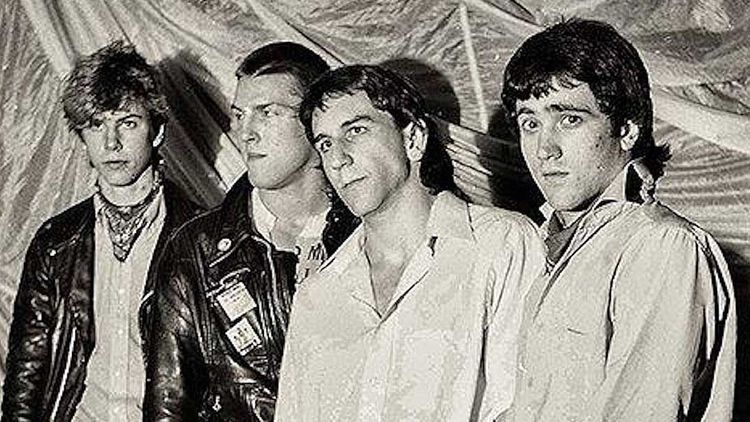Streaming Killed the “Album” Star

Streaming platforms dominate the entertainment industry in almost all facets of media: Netflix for TV, TikTok for social media and Spotify for music. For the music industry in particular, the shift to a new mode of listening has triggered a whole slew of unintended consequences to artists, labels and listeners alike.
The Recording Industry Association of America (RIAA) is the premier organization within the U.S. for tracking and certifying music releases. The phrase “to go platinum” is from their certification scheme, historically based on physical album sales. In 2016, the RIAA made a much-needed amendment to their certification formula: introducing streaming as a metric. This update reflects the massive shift to streaming platforms in recent years, with RIAA reporting streaming accounts for 79.5% of all recorded music revenue.
Chart-topping artists who desire to continue to top the charts are forced to warp and manipulate their artistic visions to maximize streams. Smaller artists are equally incentivized to adapt due to the unbalanced proportion of revenue dependent on streaming. Compounding the issue even further, decreasing attention spans and the endless sea of entertainment options force artists to find new and innovative tricks to remain relevant to their audiences. These factors have converged on one unfortunate target: the death of the 40-minute cohesive album.
One of the first and most notable experimentations in the most recent shift from the traditional form was Denzel Curry’s “TA1300.” The album was released in three acts over the course of three days, a schedule touted as a way for listeners to experience the components in different frames of mind, to better understand Curry’s artistic vision. Other artists quickly followed suit, with more and more artists releasing in chunks, or with many singles leading up to the final totality.
Some multi-release schemes seem to have a pure artistic backing, such as Moses Sumney’s most recent album, “græ.” This massive album sits at 65 minutes long with 20 songs in total. Sumney expressed that the full album is simply too heavy for one continuous listen, given the album is intended to be something savored and given proper time to ruminate on. Thus, the album came in two parts: the first twelve songs in February, with the next eight just under three months later, affording listeners the time to consider each half.
A more questionable variant on the album came from the electropop virtual band Gorillaz. “Song Machine, Season One: Strange Timez” was released in a set of “episodes,” where each single released was accompanied in true Gorillaz fashion with an off-the-wall animated music video. A Song Machine press release explained the album was a result of “Gorillaz breaking the mould ‘cos the mould got old.” In total, the nine-song album was released over the course of an entire year. The stacked singles, once released as a full album, had little more impact than a playlist. The spaced-out release schedule created a disparity in the emotional and associated tones of each song. In this case, the sum (the album) was most certainly not greater than its individual parts.
As artists and labels spin their explanations of their artistic vision to justify the altered release schedule, it does not hide nor deny the fact that these changes directly benefit the revenue of the releases via streams. This is a symptom of a changing industry, one which relies on streaming as opposed to physical purchases.
Expect to see more albums like this in the future, where in the most cynical prediction, the concept of an album is lost and artists simply release playlist-esc LPs which gather and re-order their previously released works. In the most positive interpretation, artists are released from the shackles of the strict album format and are free to give their audience whatever, whenever. Love it or hate it, the endless stream of singles is not likely to dry up anytime soon.
This piece was originally published on Mar. 3, 2021 in Horizons Newspaper, the student-run publication from the Embry-Riddle Aeronautical University's Prescott campus.




